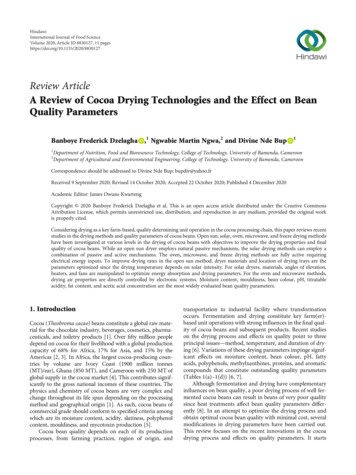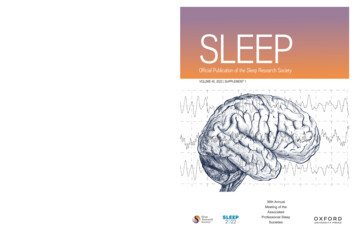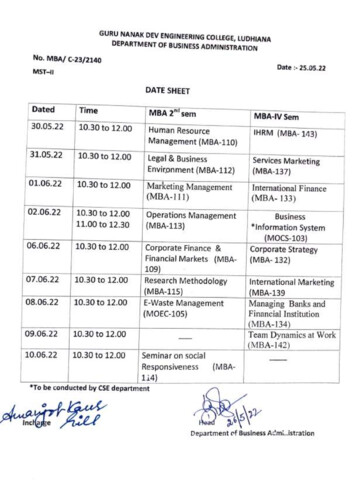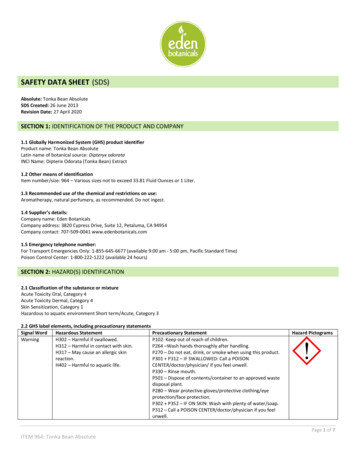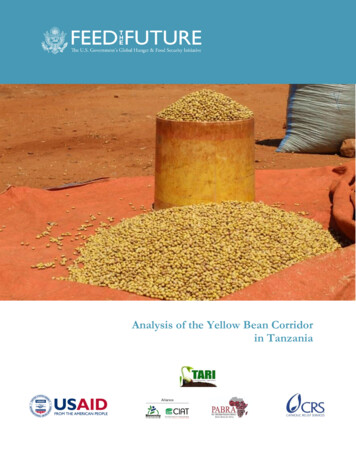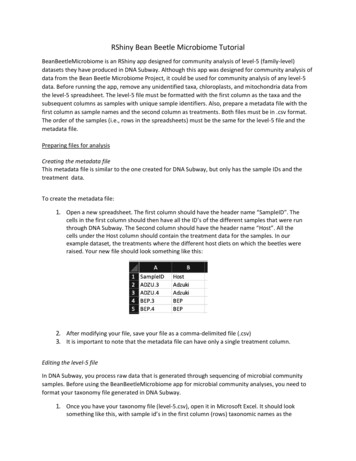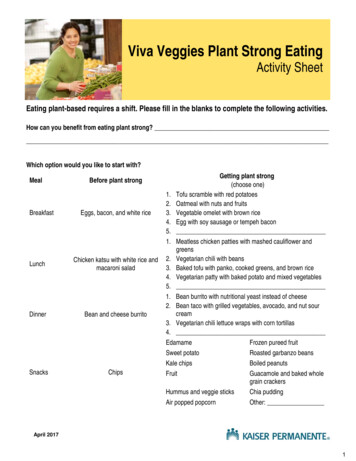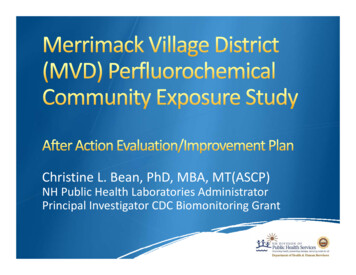
Transcription
Christine L. Bean, PhD, MBA, MT(ASCP)NH Public Health Laboratories AdministratorPrincipal Investigator CDC Biomonitoring Grant
Began in early 2016 after state notification of a PFOAcontamination around Saint Gobain plantICS team was already stood up for another PFOAcontamination site at Pease AFBBlood testing to be offered to those with private wellwater testing above 70 ppt of PFOA in communityMVD blended public water below 70 ppt, so testing notoffered (10,000 MVD residents)Town officials requested some testing and MVD studywas developed for 200 randomly selected participantsLimited community exposure assessment
Davis et al., 2007, Chemoshpere3
4
Five Mission onse*Recovery
1. Planning2. Operational Coordination3. Operational CommunicationThere are 15 Response Core Capabilities
Mission Areas: (one was selected for the workshop)1. Response‐ houses capabilities necessary to save lives, protectproperty and the environment, and meet basic human needsafter an incident has occurred.Core Capabilities: (1‐3 selected per mission area for the workshop)1. Planning2. Operational Coordination3. Operational CommunicationsWorkshop Terminal Objective:Conduct an After Action Review Meeting with Stakeholders, andprepare and distribute an AAR/Improvement Plan to allStakeholders.
Former State Exercise Training OfficeHSEM Special Projects CoordinatorHSEEP CertifiedNot involved in MVD Study and not in DHHSWorkshop planned‐ discussion based exercise
Purposes of survey:1. Prepare participants for workshop2. Gather information to use during theworkshop62% of invitees completed the survey
Common theme of responses focused onimprovement in two areas:NIMS/ICS‐ training and appropriate useCommunication‐Long‐term events and sustaining communication withinand across state agenciesUse of Situation Reports and communication tools suchas WebEOC and/or Knowledge Center
Three hour meeting scheduledFacilitator set ground rules and led thediscussionSurvey results were summarized and discussed‐shown on next slide
Participants recognize importance of ICS andneed for updated plansCommunication in person or via conference calleliminated confusion between agenciesDPHS IMT SOPs identify activation triggers andresponding agencies’ rolesProcedures/contracts in place for samplecollection and blood testing
Public Inquiry Line managementDefine “Study” vs. “Response”Define minimum ICS training required for allagency personnelEarly demobilization planningDevelop and use Situation Reports
Mobilization and Demobilization strategiesSelection of IC for IMTUnified Response across DES/DPHSCost Recovery OpportunitiesStandard terminology for study vs. responseSOP needed to dictate type of response
FEMA’s HSEEP Resource Page: https://preptoolkit.fema.gov/web/hseep‐resources FEMA. (2014, October 29). Incident Action Planning Guide.Retrieved from Federal Emergency Management /documents/25028 FEMA. (2018, February 7). Core Capabilities. Retrieved fromFederal Emergency Management Agency:https://www.fema.gov/core‐capabilities FEMA. (n.d.). ICS Resource Center. Retrieved from FederalEmergency Management urce/jobaids.htm FEMA. (n.d.). ICS Training Courses. Retrieved from FederalEmergency Management urce/trainingmaterials.htm
Christine L. Bean, PhD, MBA, MT(ASCP) NH Public Health Laboratories Administrator . Procedures/contracts in place for sample . SOP needed to dictate type of response FEMA's HSEEP Resource Page: .

